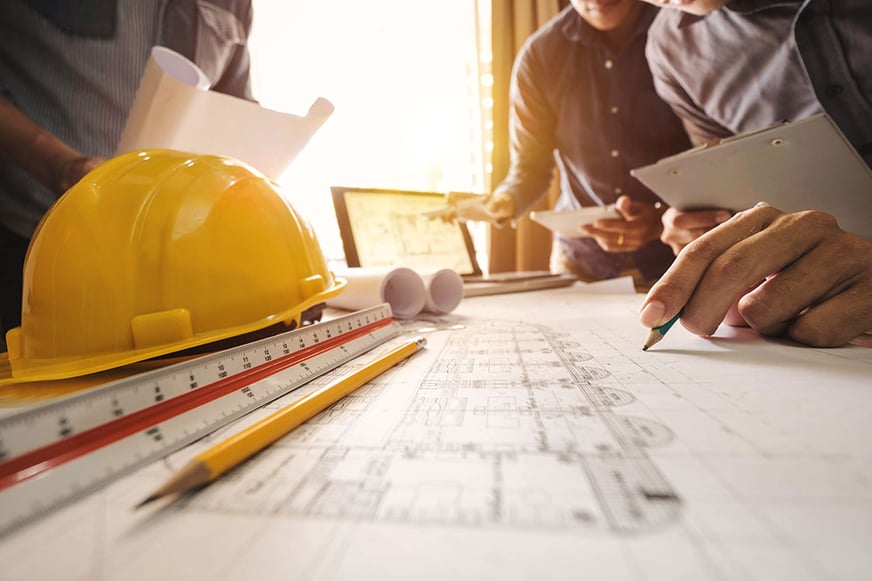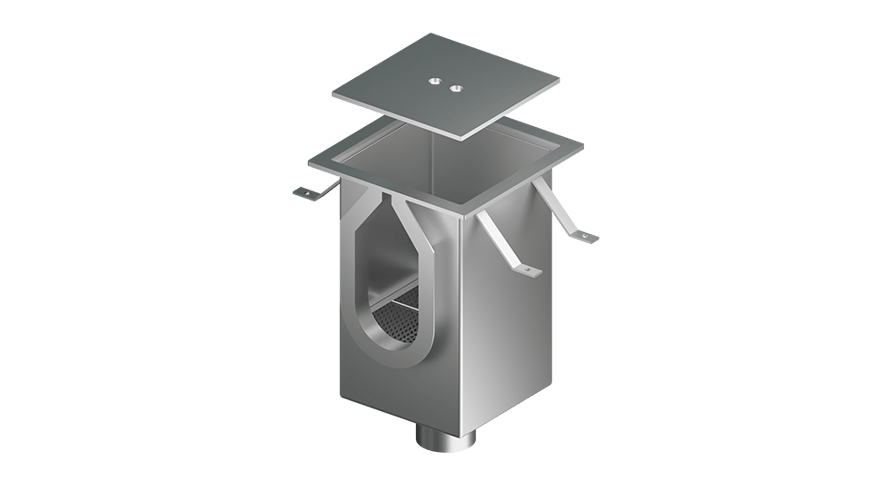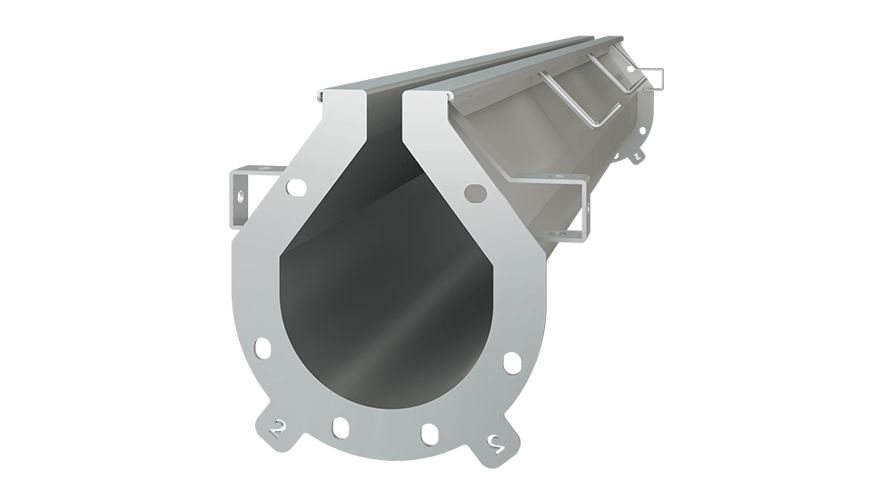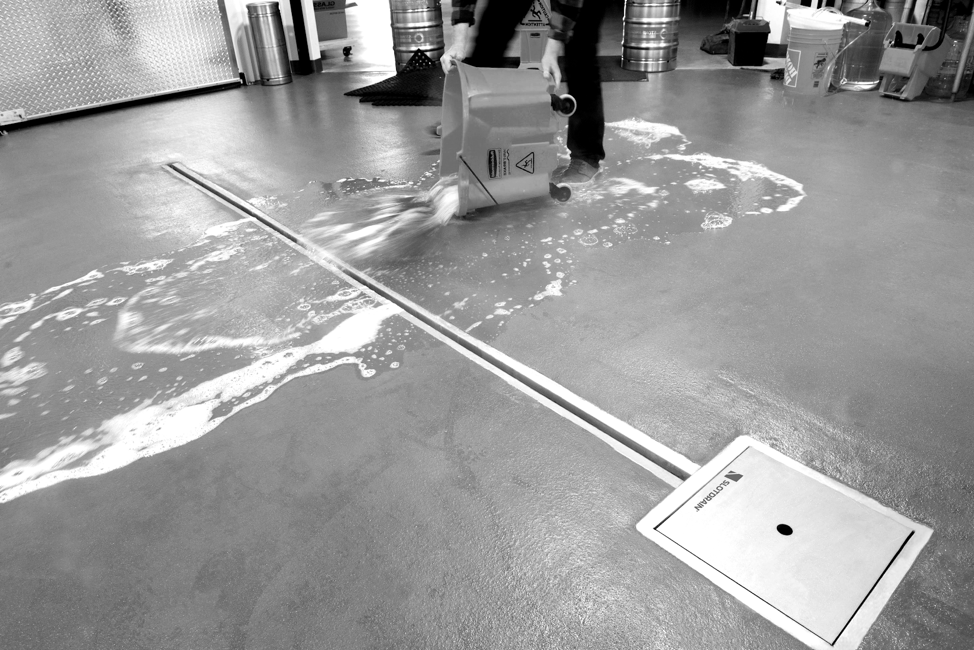Starting a garden is easy––in theory, it’s when you start the work that the truth becomes apparent. Traditional gardens require lots of planning, preparation, and maintenance; you need high-quality soil for the plants to receive the right nutrients, and they need constant nurturing. Even with a lot of care, the plants can fail to grow to their full potential. Hydroponic gardening is an answer to this issue that makes it possible to grow bigger, healthier plants without all the work of the traditional method. There are many hydroponic systems, one of the more popular ones being the hydroponic flood and drain system.

WHAT IS A FLOOD AND DRAIN SYSTEM?
Flood and drain systems, also sometimes called ebb and flow systems, are one of the most recognized hydroponic systems. A flood and drain system consists of one or more grow trays filled with plants, with a reservoir underneath. The reservoir is filled with a nutrient-rich solution that periodically floods the grow tray to saturate the plants' roots until a timer stops the flooding. The nutrient solution then drains back into the reservoir until it is time to flood the grow tray again.
A flood and drain hydroponic system is relatively low in cost and can come in many different shapes and sizes. It is also a great option even for those new to hydroponic gardening.
DESIGNING YOUR OWN FLOOD AND DRAIN SYSTEM
While it can seem daunting, coming up with your own hydroponic flood and drain design isn't difficult, but it does require time and patience to set up, as well as a few other important considerations. Location, size, and the type of water you use for your nutrient solution are all factors to consider.
REQUIRED MATERIALS
FLOOD TRAY
The flood tray is where you place your plants. The tray should be large but shallow.
PERFORATED POTS
For the plants to absorb the nutrient-rich water, their pots need to be perforated and filled with an appropriate growing medium.
RESERVOIR
The reservoir is where you place the nutrient-filled water solution that floods the flood tray. It sits directly under the flood tray and is connected via fill and drain tubing using special fittings. The reservoir should be opaque so that it can be monitored in order to prevent algae growth.
FITTINGS
A hydroponic flood and drain system needs special fittings to connect the flood tray to the reservoir so that the tray can flood and drain correctly. To make a flood and drain system, you need one fitting for the flooding and one for the draining aspect of the system. You also need two extensions and two screens.
TUBING
The size of the tubing you need depends on the size of your fittings. They help connect the reservoir to the flood tray.
WATER PUMP
The water pump sits in the reservoir and is connected to the fill tubing and a timer, which controls when the flood tray gets filled with the water solution.
GROWING MEDIUMS
A flood and drain system works best with certain growing mediums. Options include rockwool, coco fiber, perlite mixes, and other similar mediums.
CREATING THE SYSTEM
-
The first step to designing a flood and drain hydroponic system is ensuring you have a table or other stable surface to hold your flood tray. To save space, you want the surface to be high enough to have space underneath the reservoir.
-
Drill two 35mm holes, side by side, for the system's drain fittings, at the lowest point of the tray. You can then screw the fittings into place, with the barbed end to the underside and the rubber washer inside the tray.
-
Put two or three extensions into one of the drain fittings, and place a screen on top of the last of the extensions. This will act as the overflow for the tray.
-
Put one of the screen fittings onto the other drain fitting to act as the flood fitting for the tray, which will be attached to the pump in the reservoir.
-
Put the flood tray on the table, and make sure that the fittings are directly over the reservoir.
-
Attach the reservoir's pump to the system's flood fittings using 1/2" or 3/4" tubing.
-
Fill the reservoir with the water and nutrient solution, and test the hydroponic flood and drain setup for any leaks.
-
Connect the timer to the pump and program it with your desired cycle settings.
FINDING THE BEST MODERN DRAINS WITH FOODSAFE DRAINS
Sufficient drainage is essential to a flood and drain system's design and function. The main drainage occurs within the system, which drains water from the flood tank back into the reservoir. A catch basin, like the one from FoodSafe Drains, can help with this drainage.

The catch basin features a durable stainless steel design, which would prevent the growth of bacteria, mold, and algae. Paired with a strainer basket, you can filter out debris to ensure that the nutrient solution remains clean while circulating through the system.
When it is time to change the nutrient water, the catch basin, with a connected FoodSafe Slot Drain or Trench Drain, makes emptying the reservoir easy by directing the wastewater to a designated outlet. These drainage systems also use durable stainless steel, which makes them safe from mold and bacteria. The drainage systems also offer Clean-in-Place technology, which allows for automated cleaning and sanitizing, to ensure that the flood and drain hydroponic system doesn’t become contaminated.

GROWING BETTER PLANTS WITH HYDROPONICS AND PROPER DRAINAGE

Gardening is becoming increasingly popular as people try to save money by growing their own food. While traditional gardens can be difficult to maintain, hydroponic growing is an easier, more efficient way to grow plants. A flood and drain hydroponic system is a great option for beginners and experts alike, and paired with FoodSafe Drains drainage options, you'll have strong, vibrant plants in months.
Contact the FoodSafe Drains team today to learn more about the best in modern drains!


